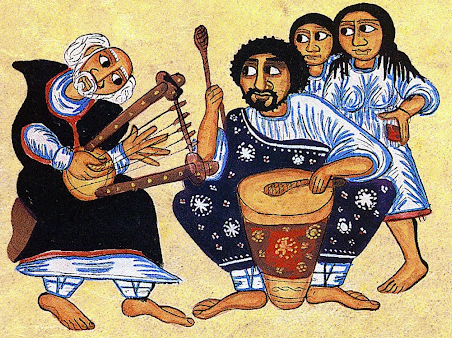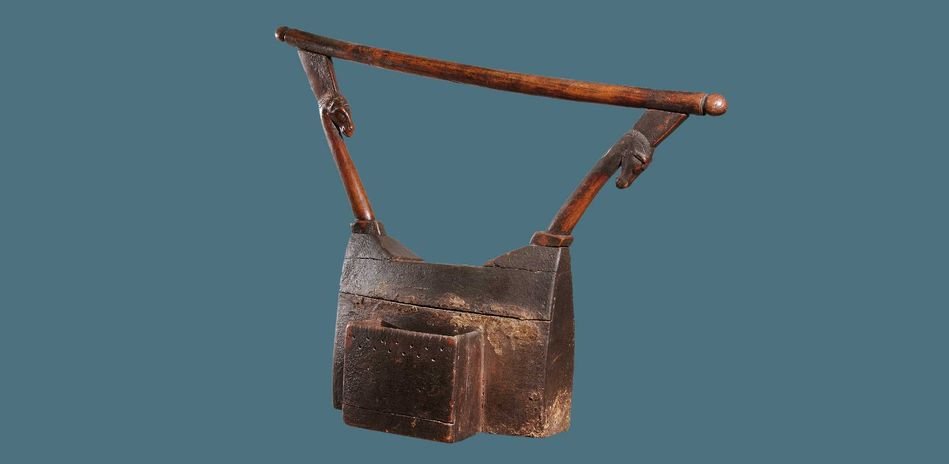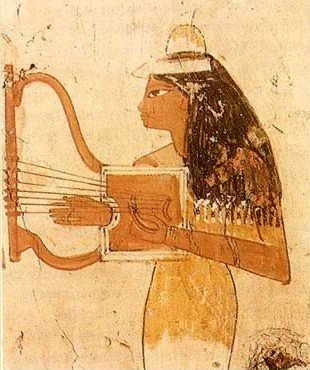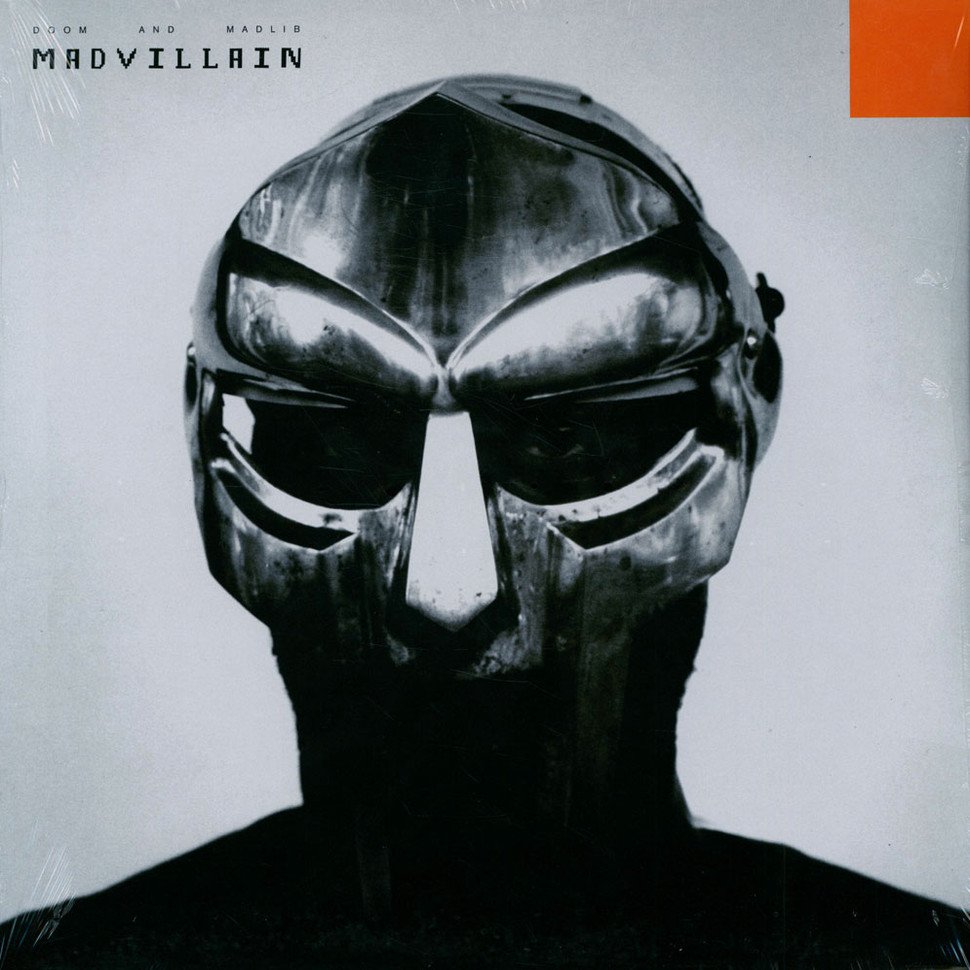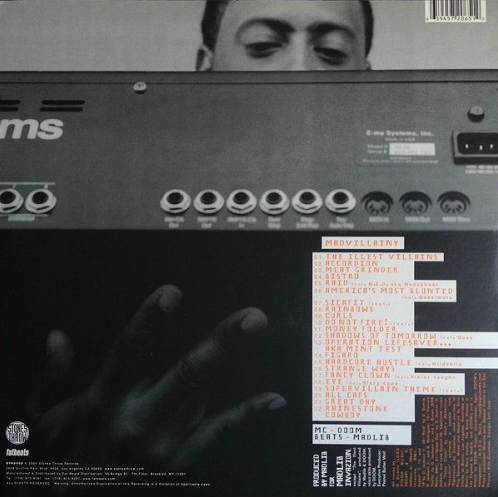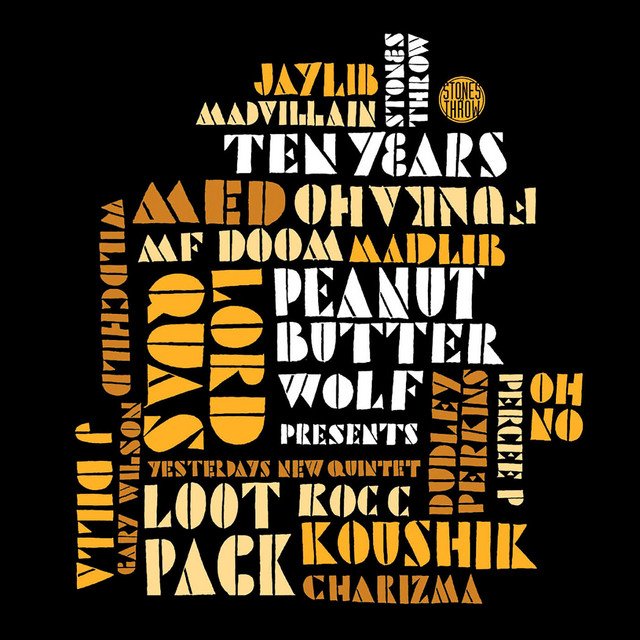Tsehaytu Beraki, Awlena LemLem, 1989.
“We fight for the completion of our fallen martyrs’/revolutionaries’ wishes. Praising the heroes of the war of independence, I’ll do anything to support them, to make them keep fighting hard. I gift and dedicate this cassette to the Eritrean Liberation Front-RP.”
Tsehaytu Beraki | ጽሃይቱ በራኺ, Sep 1, 1939 - May 24, 2018, was an Eritrean musician, poet, and political activist, known for her singing and playing of the krar (a five-string lyre). Born in 1939, in the small town of Quatit, Al Janūbī, Beraki first thought that she was born in Eritrea's capital city Asmara, but in fact, only moved there as a baby. It was not until she returned to Asmara in 1999, that the full story was told to her by her sister Rishan. Beraki started playing the krar, a five-stringed or six-stringed bowl-shaped lyre, when she was about eight years old, eventually playing at weddings and parties. Her inspirations were Tsehaytu Ghergish, Fana Etel, and especially Tsehaytu Zennar, whose songs included “Annes Ay keremneye Wala Hankas Yekunye”.
Beraki left school at sixteen and played the krar as her full-time career. She wrote all of her music and lyrics, and people would come from as far as Addis Ababa in Ethiopia to record her. From 1964 onwards, her lyrics became more political, and "people were surprised that I dared to sing them". From March 1977, she became actively involved in the Eritrean independence struggle. She eventually had to leave, moving to Sudan and in 1988, to Rotterdam, Netherlands, where she died in 2018. Besides the krar, Beraki also played kebero and bass-krar.
Watch Tsehaytu Beraki talk about her song “Medjemerya Feqri” in St. Nazaire, France, where she played at Festival Les Escales in 2007.
Tsehaytu Beraki was known for her politically-charged songs. In the video below, you can see Beraki performing for the Eritrean Liberation Front (ELF), which she was part of. During the recording of this video (we guess it's from the '70s), the two major liberation movements at the time - the Eritrean Liberation Front (ELF) and the Eritrean People's Liberation Front (EPLF) engaged in a civil war, which was fought simultaneously with the war for independence from Ethiopia.
Awlena LemLem [Tigrinya: አዉሊዕና ለምለም], which can be roughly translated as "Our Green Olive", is the name of a cassette tape released in 1989. Due to Tsehaytu Beraki's affiliation with the Eritrean Liberation Front (ELF), I assume she was referencing the olive branch as depicted on the first Eritrean flag (1952-1961), which is often associated with the ELF.
The “old” Eritrean flag.
Awlena LemLem was recorded in the Netherlands in 1989.
Side A:
1. Awlena Lem Lem "Our Green Olive"
2. Weladit Hagerna "Our Motherland"
3. Halaw Hager "Our Country’s Guardian"
4. Nay Tshukunet Qlzim "The Oppressive Arms"
Side B:
1. Neu Neteakeb "Let's Get Together"
2. Hafash Eritrea "The Masses of Eritrea"
3. Hedeg Yehesheka "You Better Stop"
4. Deqi Anesteo Hebera "Women Unite"
Personnel:
Keyboard, Guitar, Composer: Ibrahim Mahmoud
Second Guitar: Fikre Daniel
Bass Guitar: Federico Umberto + Ambess Ahmed
Krar: Tsehaytu Beraki
Kebero: Sami Ibrahim
Background Vocals: Weldeyesus Manguc + Freweini Ghebregerghis + Ambess Ahmed
Some goodies
〰️
Some goodies 〰️
The Krar, also known as Tanbūra/Kissar in North Sudan and southern Egypt is a five-or-six stringed bowl-shaped lyre that is widely played throughout North East Africa. Its roots can be traced back to Ancient Egypt and the region of Nubia, which both appear to have played important parts "[...] in the introduction of the lyre to the Kingdom of Aksum [located in what is now Tigray and Eritrea]. But exactly how and when the krar developed from the lyres in use at Aksum and when it came to be called by its present-day name cannot be known with certainty". Historically, women were discouraged from playing the krar. During the Eritrean Revolution, in which women also partook, the Krar was becoming more and more societally acceptable for women - like pioneer Tsehaytu Beraki - to play the krar.
Did you know that Madlib sampled "Medjemerya Feqri" for his Stones Throw 101 remix of "Figaro", which features the legendary MF DOOM [RIP] ? You can listen to the original track on Madvillain's "Madvillainy" [2004].
SOURCES:
Biography | last.fm, discogs
Interview | Youtube.com, Uploader Terp Records
Appearance | Youtube.com, Uploader Eyob G.
History of the Krar | Source: Vetter, Roger. “Krar.” Grinnell College Musical Instrument Collection. Grinnell College Libraries, 441.
Translation by Michael Keleta, Feven M. Keleta



